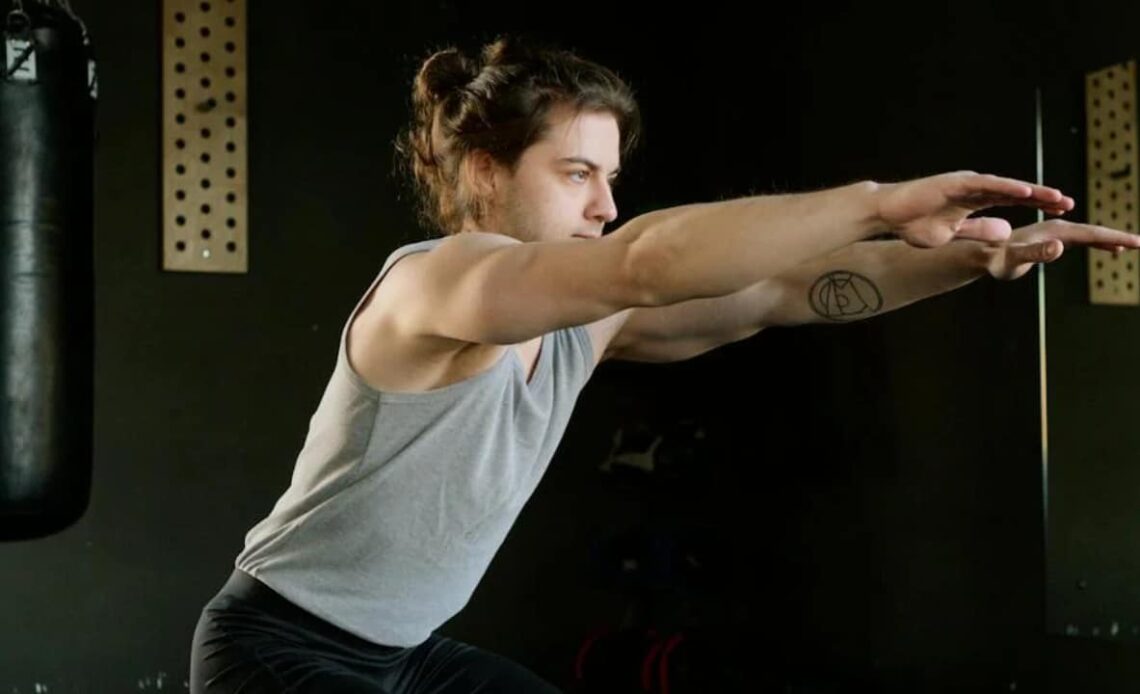In the world of football, the strength and agility of a player can determine a victory or loss on the field. Squats have been used as a form of strength training by professional football players to build lower body strength, power, and agility. This article will explore more variations of squats that football players can train with.
The traditional squats may fall short in the sense that they do not address the movement patterns and muscle engagement required on the football field. Incorporating different squat variations handles such issues and allows for optimal development of strength, agility, and stability, which are all crucial for football players to excel in their sport.
Back Squat
It is renowned as a highly effective exercise due to its ability to develop strength, power and endurance. The key muscle groups targeted include the quadriceps, hamstrings, glutes, and lower back.
A back squat is performed by positioning the barbell across your upper back and gripping it with your hands apart. Bend to the level of your hips and knees while keeping your back straight. Return to the starting point by pushing through your heels.
In relation to movements that are specific to football, back squat training translates to an increase in the explosive drive required for fast acceleration on the field. With regards to deceleration, there is better control and precision when slowing down while trying to change direction or absorb the impact from an opponent’s tackles. Core stability and injury resilience are improved by engaging the core and spinal muscles.
Front Squat
This exercise targets your lower body while placing significant emphasis on core strength and mobility. A barbell is held across the front of the shoulders with a tight grip and the elbows should be raised. Keep your torso upright and squat by bending at your hips and knees. Try to return to the starting point by extending your hips and knees.
It is effective for enhancing the strength and power of the quadriceps, which are essential for explosive movements such as jumping and sprinting. By strengthening the core musculature, mobility and posture are improved.
There is a reduced risk of lower back injuries, which are common during football. It also facilitates the athlete’s ability to achieve the proper positioning required for various football movements, such as blocking and tackling.
Overhead Squat
This engages multiple muscle groups, including the glutes, hamstrings, quadriceps, core,…
Click Here to Read the Full Original Article at FootTheBall…

